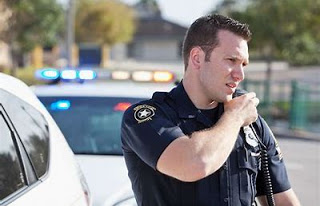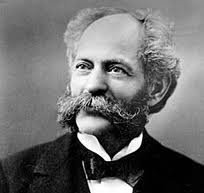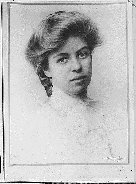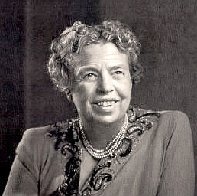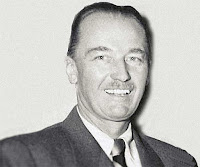
Our Easy Cheeseburger Ring is a family-favorite, ground beef dinner recipe that gets everyone excited! It's simple, tasty, and easy to customize. It even doubles as a great party appetizer. The best part? No matter where you serve it, it's gonna be budget-friendly. Everyone loves a totally classic cheeseburger way of chowing down!
- 1 pound ground beef
- 1 onion, chopped
- 3 tablespoons ketchup
- 2 tablespoons mustard
- 1 cup Cheddar cheese
- 1/2 teaspoon salt
- 1/4 teaspoon pepper
- 2 (8-ounce) cans refrigerated crescent rolls
- Preheat oven to 350º. Coat a 12-inch pizza pan with cooking spray.
- In a large skillet over medium-high heat, cook beef and onion, stirring until beef crumbles and is no longer pink; drain.
- Stir in ketchup, mustard, Cheddar cheese, salt, and pepper. Cook 1 to 2 minutes, or until cheese is melted. Remove from heat and set aside.
- Unroll crescent rolls. Place wide end of triangles in center of pizza pan, forming a ring, overlapping dough as necessary. Spoon meat mixture into center of each triangle. Bring smaller ends of triangles over meat, tucking ends under.
- Bake 20 minutes, or until rolls are golden. Serve warm.
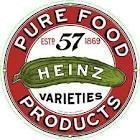
1884 – Eleanor Roosevelt, First Lady of the United States and humanitarian (d. 1962)
Columbus Day on the second Monday in October is observed in the United States each year. The day signifies Christopher Columbus’ arrival to America on October 12, 1492.
Christopher Columbus was long given credit for discovering North America. However, long before Columbus was born (1451-1506), Leif Erikson landed on these shores. The Italian-born explorer did sail across the Atlantic, though, and more than once. In fact, he made four transatlantic voyages. His first was in 1492. Hence the rhyme, “In 1492, Christopher Columbus sailed the ocean blue.”
During the 1492 expedition, Columbus was looking for Asia. He and his crew landed their three ships somewhere near the modern-day Bahamas. While he may not have discovered an already populated continent, he did spur further exploration and colonization of North America.
Colorado first observed Columbus Day in 1906 as it became an official state holiday. More and more people and states began to recognize the observance.
In 1937, Columbus Day became a federal holiday in the United States. Many instances of people observing Columbus’ voyage exist since the colonial period. In 1792, celebrations recognizing the 300th anniversary of his landing in the New World took place in New York City and other US cities. President Benjamin Harrison called upon the people of the United States to join in celebration of Columbus on the 400th anniversary of the event. During the anniversary in 1892, teachers, preachers, poets, and politicians used the day to teach ideals of patriotism. These patriotic teachings were framed around themes of support for war, citizenship boundaries, the importance of loyalty to the nation and celebrating social progress.
In 1970, Columbus Day was changed to the current observation on the second Monday in October.


